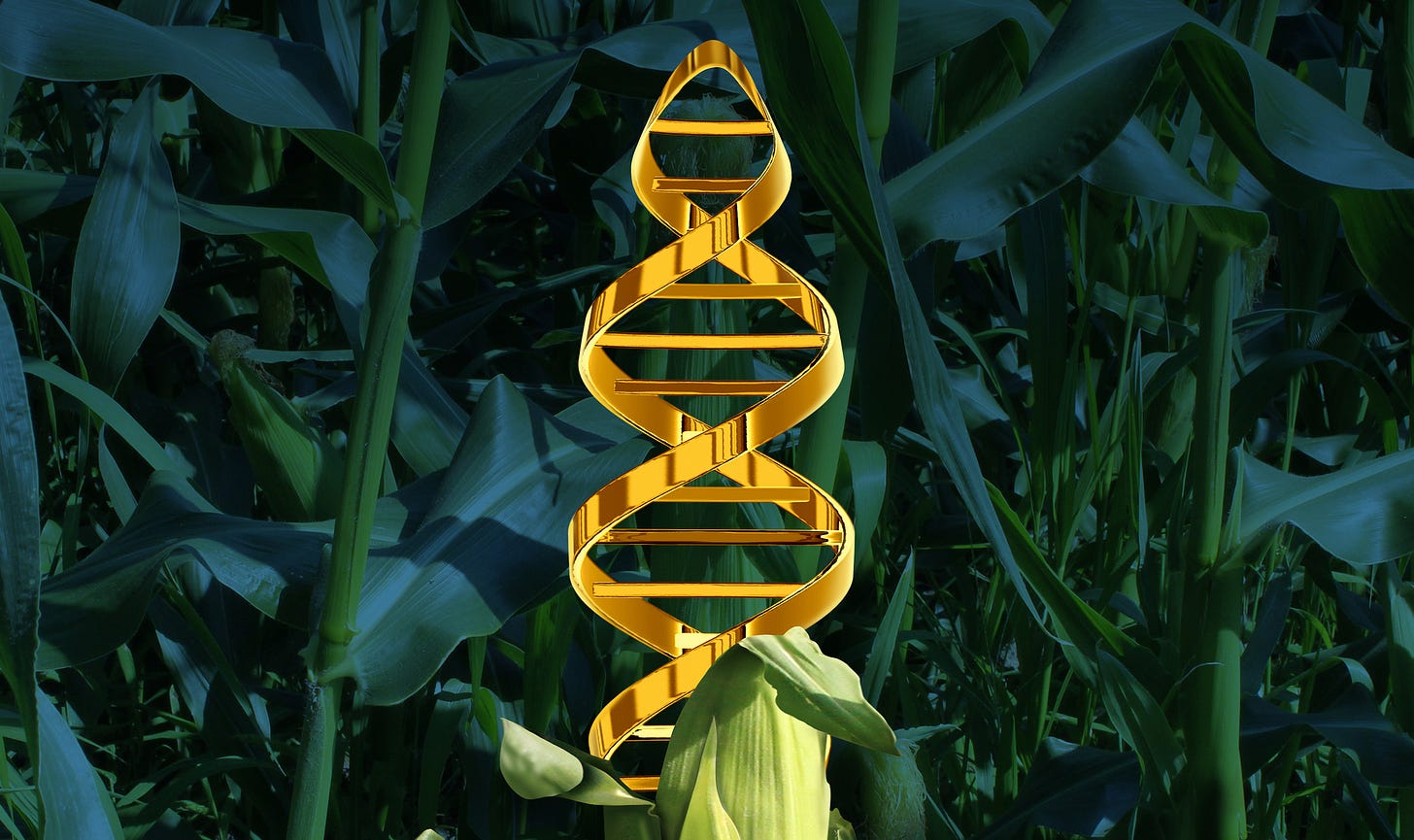Author’s note: This article is adapted from a talk given at Objective Standard Institute’s Innovation Celebration 2023 conference.
Do you know what genetically modified organisms (GMOs) are? Could you explain it clearly to a twelve-year-old? If your answer to these questions is “no,” you’re not alone. In a survey of Americans, 48 percent said they know “…




